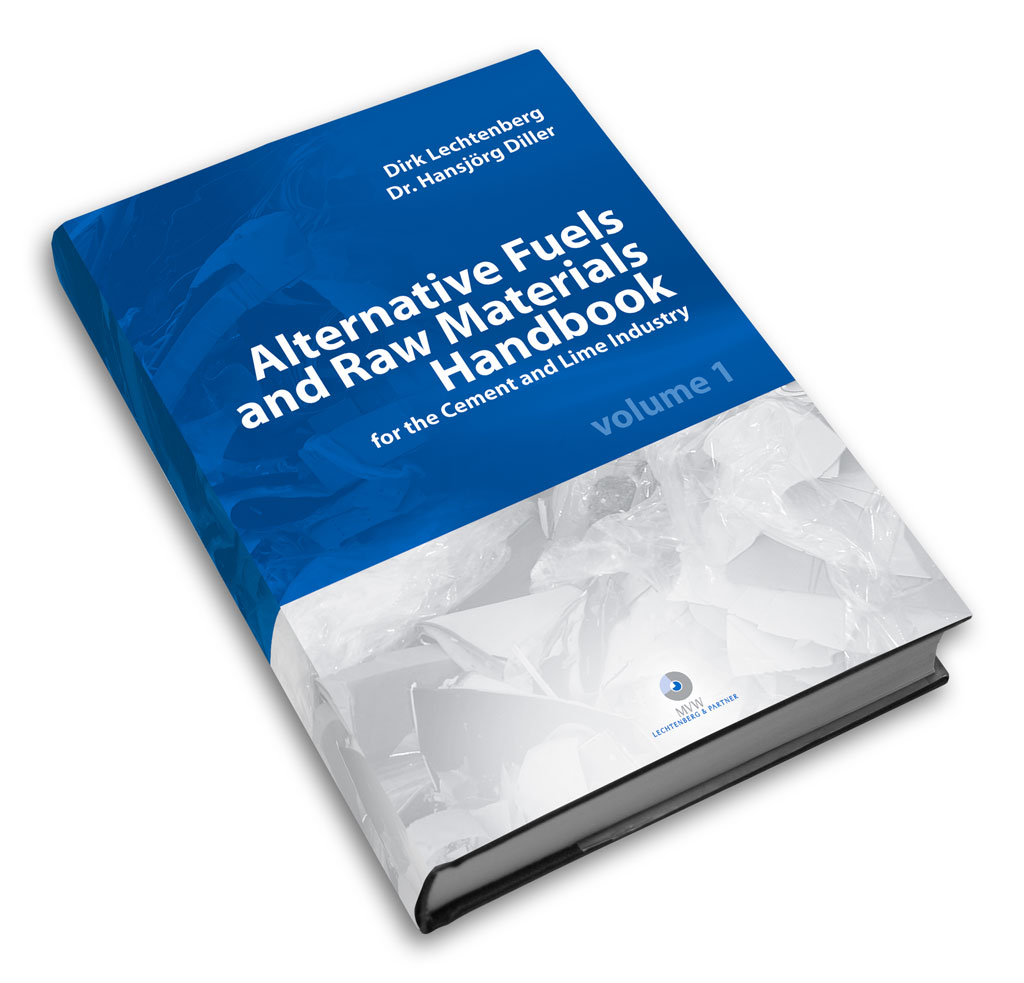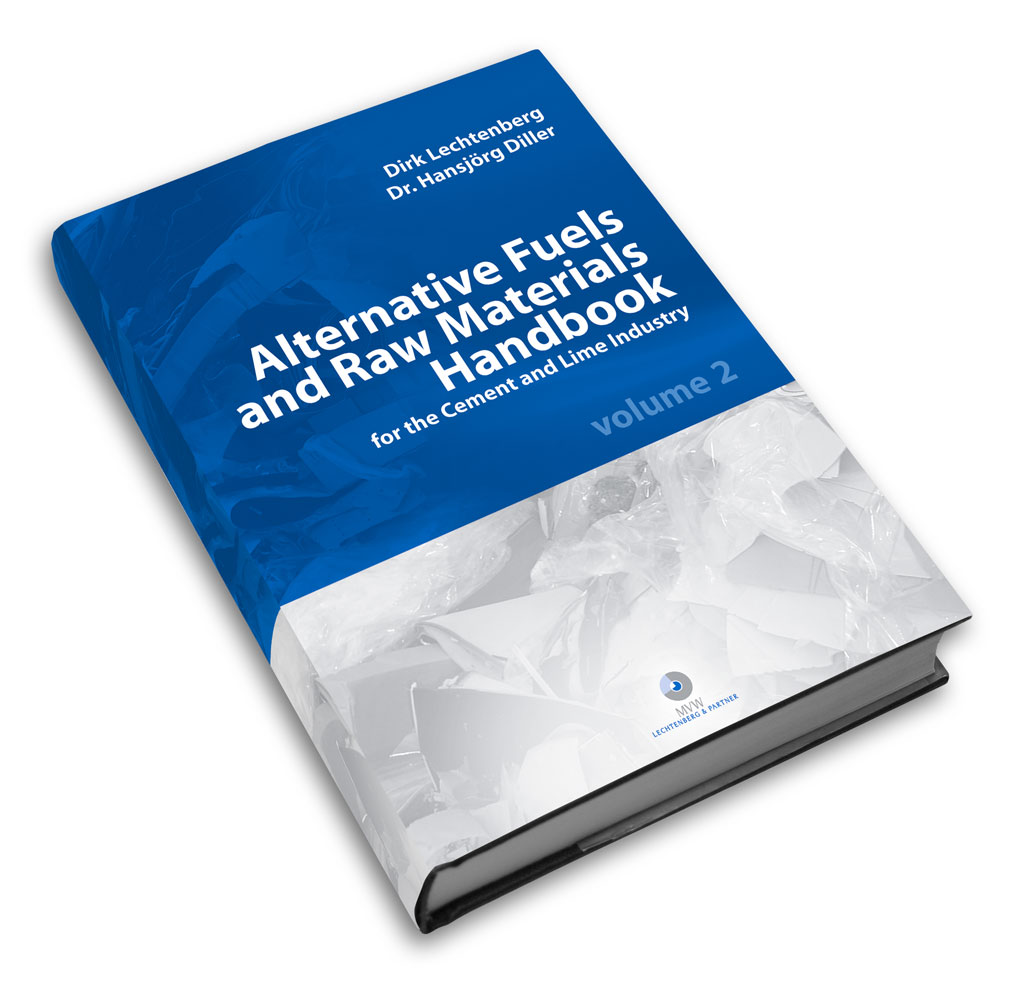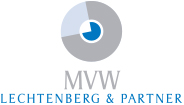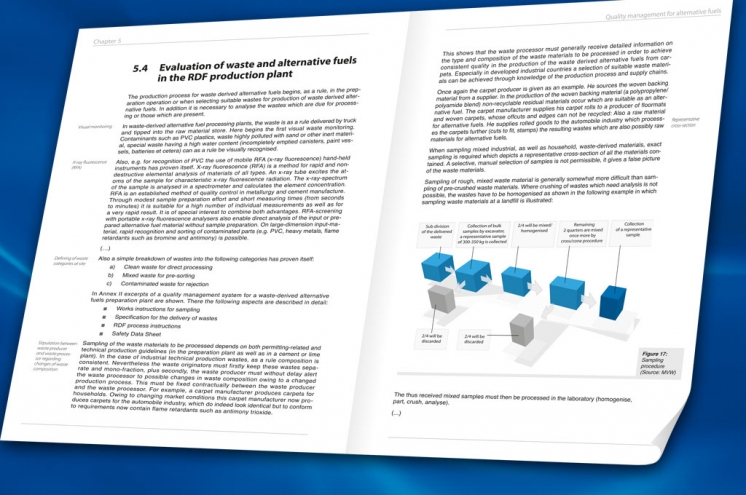Handbook
The Alternative Fuels and Raw Material Handbook for the Cement & Lime Industry comprises 25 years of first-hand experience gained from various projects all over the world on more than 1,100 pages. A must-have for decision makers in the cement and lime industry, as well as scientists and engineers working in the field of waste processing and alternative fuels.
“If there's a book that you want to read, but it hasn't been written yet, then you must write it.”
Toni Morrison
We are pleased to present the most comprehensive manual on AFR for the cement and lime industry to date, a useful resource not only for beginners, but also for the advanced in the field of AFR. The Alternative Fuels and Raw Materials Handbook consists of two volumes covering the entire range of aspects of AFR.
 Volume 1
Volume 1
Volume 1 presents the basic conditions for the use of alternative fuels and raw materials. The logical structure and the descriptive link between theory and practice make the book a successful reference work for both professionals and those interested in entering the field of AFR. Amongst the covered topics you find:
- History and overview of AFR
- Waste evaluation
- Key issues for investments in refuse-derived fuel (RDF) production technologies and alternative fuel usage
- Production of RDF
- Quality management for alternative fuels
- Logistics and storage of RDF
- Dosing and feeding of alternative fuels
- Influences on clinker and lime production
- Contracting alternative fuels
- Emission limits and permitting issues
- Current developments of the use of alternative fuels
![]() To see a table of content and excerpts, click here.
To see a table of content and excerpts, click here.
 Volume 2
Volume 2
Volume 2 continues the compilation of fact sheets which commenced in Volume 1. The compilation comprises a total of 33 fact sheets which cover various substances generated from waste and/or raw material. The following thematic areas are covered:
- AFR source and composition
- Harmful substances and hazardous characteristics
- Collection, recycling and disposal of the AFR
- Chemical and physical parameters
- Specific influences on the clinker production process
- Environmental aspects
- Recommendations for handling and use
![]() To see a table of content and excerpts, click here.
To see a table of content and excerpts, click here.
For more information on our handbook or to place an order please contact us here.



